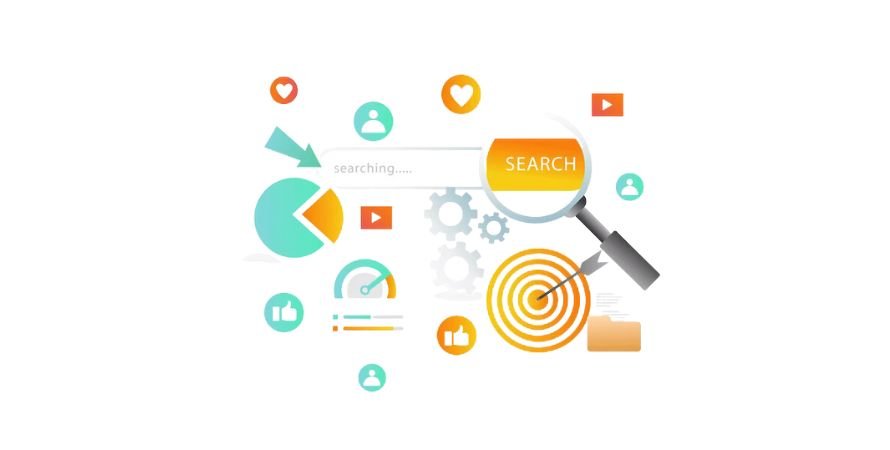Website errors are messages sent by the web server indicating that something went wrong. In some instances, it could be your fault, but more often than not, it is the fault of the website. Each type of error has its own HTTP error code. For example, if you attempt to access a non-existent page on a website, you will be greeted with the well-known 404 error. Let’s take a look at top 10 most common website errors listed by Byloapp below and what they mean:
List of Top 10 Website errors, It’s Meaning and Causes
401 (Unauthorized)
This error occurs when a user attempts to access a page to which they are not authorised. You can usually resolve this error by checking the URL of the page causing the error; it’s possible that the link you clicked was restricted to authenticated users only (for example, users who have logins with a valid user ID and password).
403 (Forbidden)
This error occurs when a server refuses to process a request because the user is not authorised to do so. A 403 error, unlike a 401 error, recognises that a user has logged in with a valid user ID and password but does not have authorization to access the specific page. Typically, this means that the website administrator must update the user’s user account access.
404 (Not Found)
This is a common error that most people encounter on a daily basis. When a user tries to access a web address that does not (or no longer) exist, he or she receives a 404 error. This error could be caused by broken links, invalid URLs, or a rerouted page that is no longer in effect. This error, even so, is solved easily by checking all of these crawl mistakes in Google Search Console and applying broken link re-directs in your site’s WordPress or content management system, or getting your web developers insert the redirects for you.
500 (Internal server error)
This error is yet another very common message seen by many users, and it’s essentially just a formulaic error message for any type of internal server settings that cannot be easily interpretable. This error is usually fixed when the user refreshes their web browser (if the error is caused by the server being overloaded and unable to process requests quickly enough), deletes their cookies, or visits the page at a different time, possibly when the server isn’t as busy. Although, you can usually troubleshoot the cause of the error on your end.
504 (Gateway Timeout)
A 504 error, which is another common one, indicates a gateway timeout, which occurs when one server does not receive a quick response from some other server when trying to load the page. Oftentimes, this is not the problem of the website, but there are a few things you can do to troubleshoot the error. If it’s due to a corrupted database and your website is built on WordPress, you can repair and optimise your database by installing and running a plugin like WP-DBManager. It could also be a problem with your WordPress.htaaccess file. You could also try contacting your hosting provider to see if the problem is on their end.
Long Metadata
Page titles are meant to tell viewers what the website they’re on is about, and most search engines and web browsers will cut them off if they exceed 70 characters. Similarly, the character count for your Meta Descriptions is limited to around 155; any words that exceed that limit will be removed and replaced with a “…”, which is less enticing for viewers to visit your site.
Missing ALT Text on Images
Because search engines procedure text more quickly than images, they will likely skip over your images if they lack ALT text tags.
Fortunately, this is another simple fix: simply go through your images in WordPress or your other content management system and add keyword-rich, descriptive titles to each of your website images.
Expiring Domain Name
Search engines prefer to yield results from websites that are active and have been around for a long time. Having your domain name licenced for several years demonstrates your dedication to your company, website, and content.
Examine your current domain registration and renew it annually to ensure that your site is not labelled as spam.
Duplicate Page Content
Copied content on your site can compete with each other, causing search engines to return results for only one of the pages rather than all of them.
To avoid this, make sure that each of your pages has its own metadata (titles and descriptions). You can use online tools such as Siteliner to scan your website for duplicated content that can be easily edited.
Long forms
If you have transition forms on your website (for example, “submit your information and one of our sales reps will be in touch”), they must be brief enough that your users don’t have to work too hard to fill them out. You also wouldn’t want to turn off potential leads by asking more questions, such as their location, phone number, job title, gender, age, and so on.
How do I check website errors?
There are numerous services available that can check your website for errors and suggest ways to improve various web pages like W3C markup validation, Google Webmaster Tools, Silktide Nibbler, Woorank, etc.. You can use these free services to pinpoint any page or link that contains errors, scan for malware, find web pages with short or missing titles, find copied meta tags, and much more. Also, in order to use these tools, you must have a Google account.


